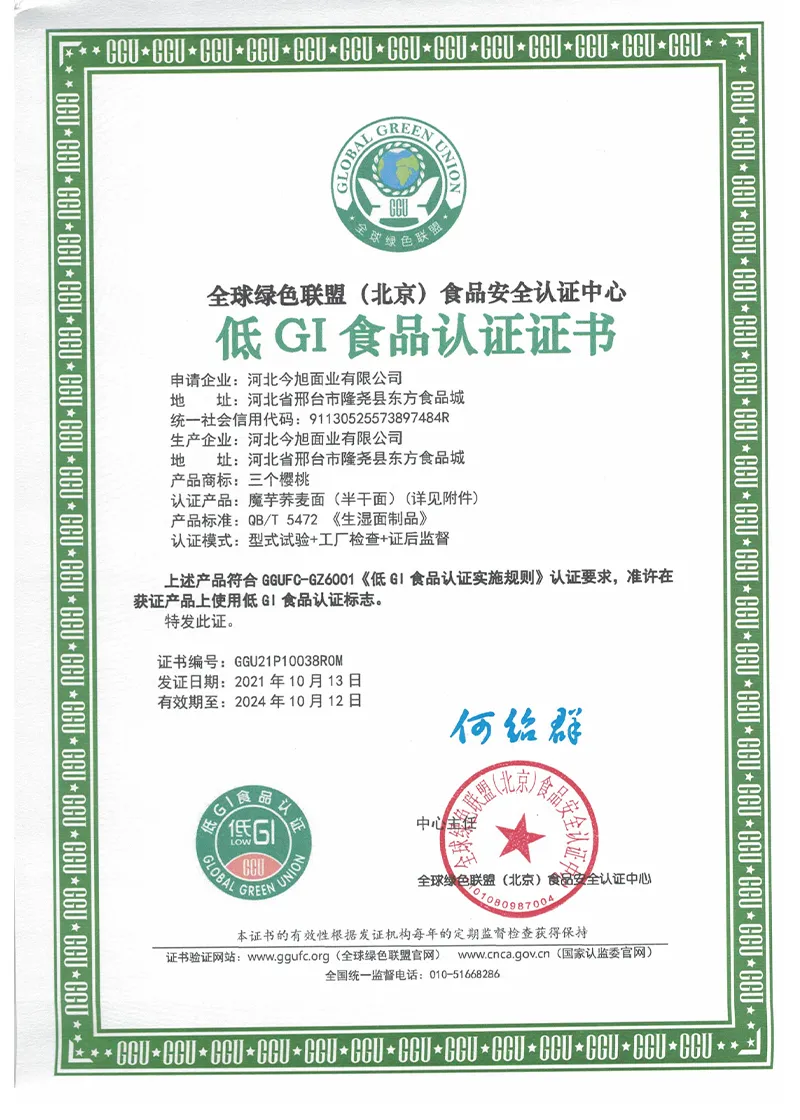cold noodles
The Delight of Cold Noodles A Culinary Journey
Cold noodles are not just a dish; they embody the essence of summer, refreshing the palate and providing relief from the sweltering heat. Originating from various cultures around the world, cold noodle dishes are a testament to the creativity and diversity of culinary traditions. This article explores the rich history, preparation methods, and the cultural significance of cold noodles, particularly focusing on Asian varieties, where they are often celebrated.
A Brief History
The history of cold noodles can be traced back thousands of years, with roots in East Asian countries such as China, Korea, and Japan. In China, cold noodle dishes like Liang Pi date back to the Tang Dynasty, where they were enjoyed by travelers and laborers. These noodles are made from wheat or rice flour and are typically served with a variety of fresh vegetables and sauces.
In Korea, Naengmyeon emerged as a traditional summer dish, particularly popular during the hot months. Made from buckwheat or sweet potato starch, these noodles are famously served in chilled broth, garnished with slices of beef, cucumbers, and a hard-boiled egg. The dish is not only refreshing but also symbolizes the Korean ethos of resilience, as it is often consumed during celebrations to honor endurance.
Japanese cuisine has its own take on cold noodles, known as Zaru Soba and Hiyashi Chuka. Soba noodles, made from buckwheat, are served cold with dipping sauces, while Hiyashi Chuka is a colorful dish of chilled wheat noodles topped with a variety of vegetables, seafood, and a tangy dressing. Each of these dishes showcases the unique ingredients and flavors of their respective cultures, while also celebrating the communal aspect of dining.
Preparation Methods
The beauty of cold noodles lies in their versatility and the variety of ingredients used in their preparation. The base can be made from different types of flours, including wheat, buckwheat, and rice, which open up a world of flavors and textures. The cooking process typically involves boiling and then chilling the noodles to achieve that delightful cold texture.
cold noodles

Once the noodles are prepared, the real fun begins with the toppings and sauces. In Chinese Liang Pi, for instance, the noodles are often paired with a spicy, tangy sesame sauce along with crisp vegetables like cucumber and bean sprouts. Korean Naengmyeon, on the other hand, is served in a cold broth made from beef or chicken broth, flavored with vinegar and mustard, making it zesty and invigorating.
Japanese Hiyashi Chuka takes on a more colorful presentation, where ingredients like sliced omelet, crab meat, and pickled ginger are arranged beautifully on a bed of chilled noodles. The dressing, typically a blend of soy sauce, vinegar, and sesame oil, adds a refreshing zest that complements the noodles and toppings.
Cultural Significance
Cold noodles are more than just food; they are woven into the cultural fabric of various societies. In many Asian cultures, sharing a meal of cold noodles serves as a symbol of unity and companionship. During festive occasions, these dishes often appear on family tables, bringing people together to celebrate and enjoy a collective experience.
Moreover, cold noodles represent a connection to nature and the seasons. The emphasis on fresh vegetables and light, cold broths reflects a culinary philosophy that values health and simplicity. The dishes are perfect for hot weather, embodying the idea of eating light during the warm months.
Conclusion
Cold noodles are a delightful culinary experience, combining history, culture, and delicious flavors into one refreshing dish. Whether it’s the spicy, tangy notes of Chinese Liang Pi, the unique cold broth of Korean Naengmyeon, or the artistic presentation of Japanese Hiyashi Chuka, there’s a cold noodle dish to suit every palate. As summer approaches, the appeal of cold noodles only grows stronger, reminding us that food can be both satisfying and revitalizing. Embracing cold noodles as a part of our culinary repertoire is not just about savoring a dish; it’s about celebrating the rich tapestry of global flavors that unite us all.
-
The Wholesome Delight of Organic NoodlesNewsAug.15,2025
-
The Vibrant Delight of Spinach NoodlesNewsAug.15,2025
-
Savor the Spicy Delight of Hot Pot NoodlesNewsAug.15,2025
-
Savor the Chill with Irresistible Cold NoodlesNewsAug.15,2025
-
Indulge in the Authentic Delight of Udon NoodlesNewsAug.15,2025
-
Dive into the Delicious World of Cart NoodlesNewsAug.15,2025
-
Unlock the Delicious Potential of Yam NoodlesNewsAug.11,2025
Browse qua the following product new the we







